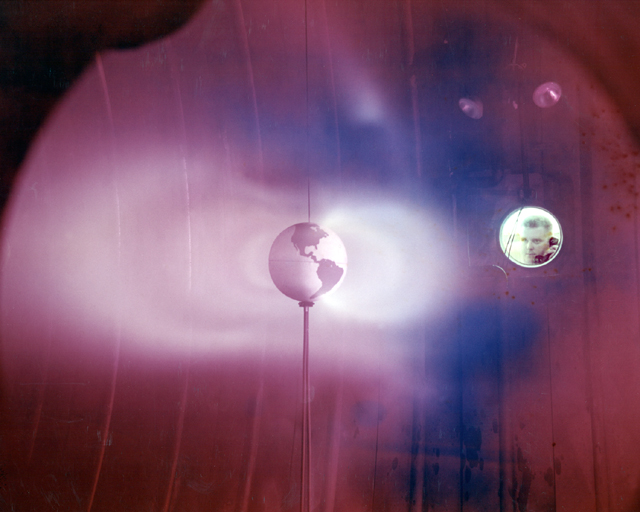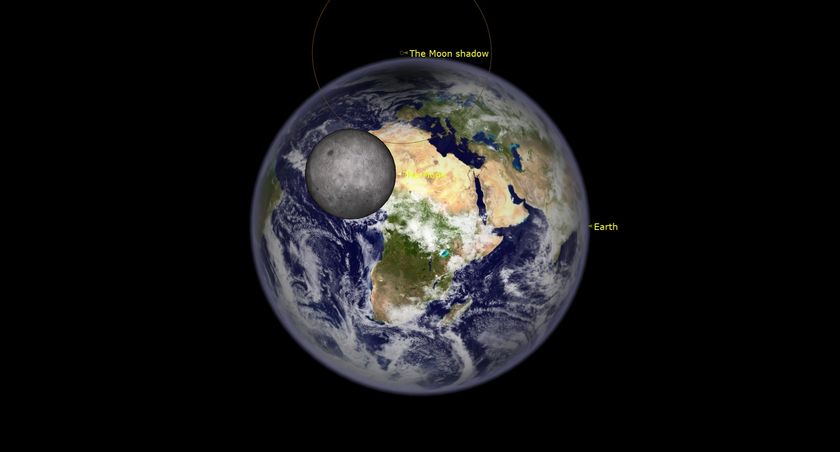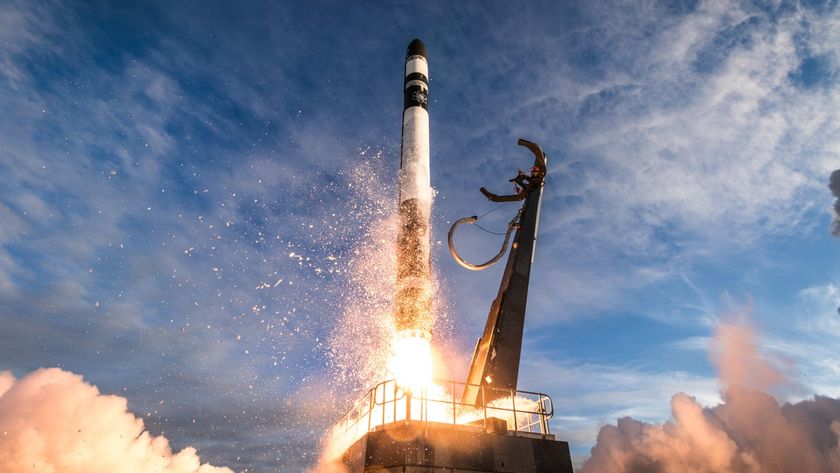Space History Photo: Simulated Van Allen Belts

In this historical photo from the U.S. space agency in January of 1966, simulated Van Allen Belts are generated by a plasma thruster in tank #5 Electric Propulsion Laboratory at the Lewis Research Center, Cleveland Ohio, now John H. Glenn Research Center at Lewis Field.
The Van Allen Belts are two donut-shaped regions around Earth packed with energetic electrons that can be harmful to spacecraft. The belts are named for James van Allen, who discovered them. Van Allen researched various topics and published his last scientific paper, about the risk of asteroids hitting Earth, just before his death at 91 in 2006.
Each weekday, SPACE.com looks back at the history of spaceflight through photos (archive).
Get the Space.com Newsletter
Breaking space news, the latest updates on rocket launches, skywatching events and more!
Join our Space Forums to keep talking space on the latest missions, night sky and more! And if you have a news tip, correction or comment, let us know at: community@space.com.

The National Aeronautics and Space Administration (NASA) is the U.S. government agency in charge of the civilian space program as well as aeronautics and aerospace research. Founded in 1958, NASA is a civilian space agency aimed at exploring the universe with space telescopes, satellites, robotic spacecraft, astronauts and more. The space agency has 10 major centers based across the U.S. and launches robotic and crewed missions from the Kennedy Space Center in Cape Canaveral Florida. It's astronaut corps is based at the Johnson Space Center in Houston. To follow NASA's latest mission, follow the space agency on Twitter or any other social channel, of visit: nasa.gov.











